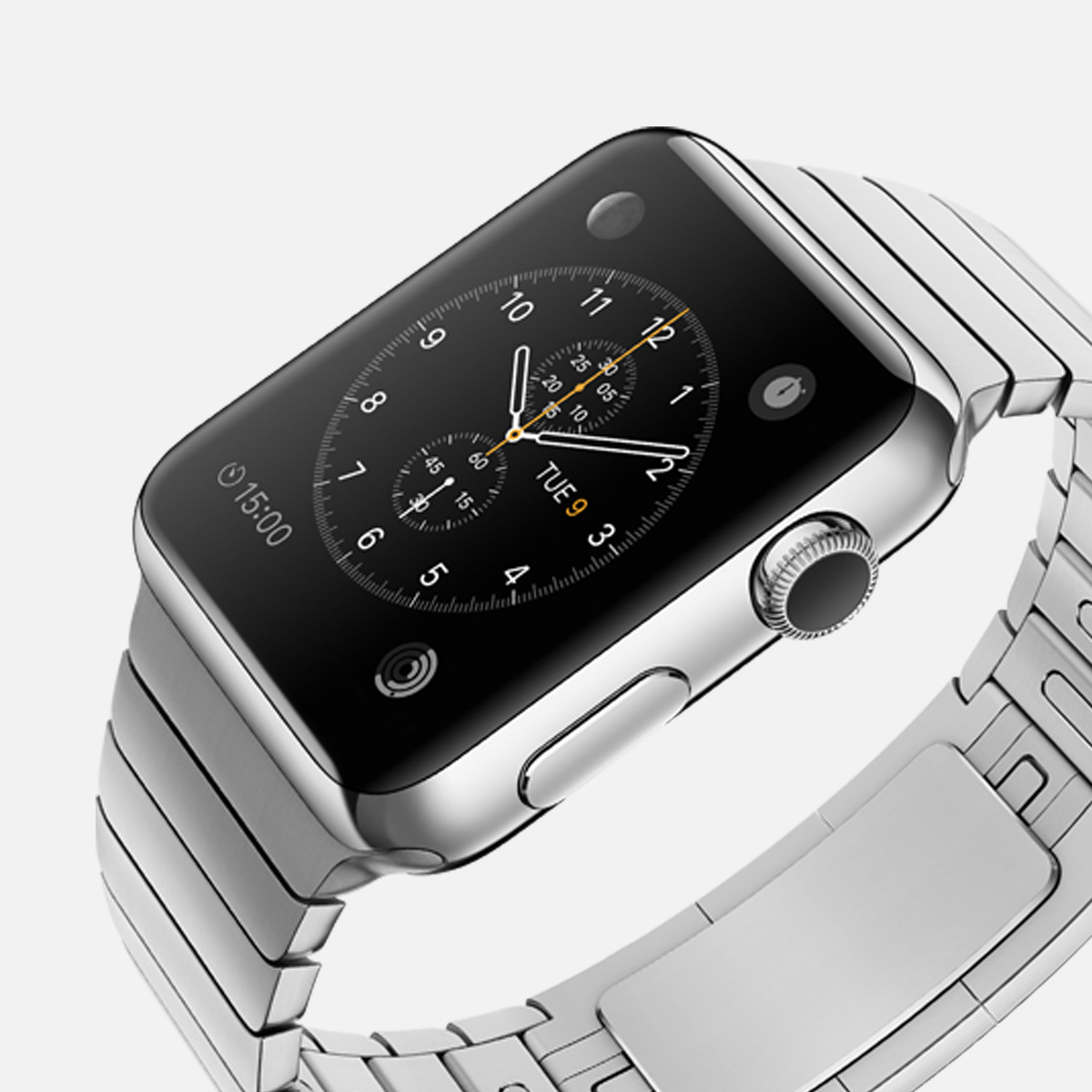Apple Watch 2 slated for March 2016, planned to ship in April.
It’s been over a year, since the Apple Watch was finally announced during the September 9th 2014 keynote event, to which shipment followed in April 2015, reporting 4.2 million units sold within the second quarter of 2015.
Record numbers are not unusual for Apple, however many agree that the Apple Watch lacked in a number of areas according to consumers, especially compared to competing brands, in the way of design, and features.
A year after its official launch, there is no denying that it’s time for the Apple Watch to mature into a more serious product, and look beyond the wow factor, to recreate the watch according to the new standards that have emerged, since wearable devices began to spread.

According to rumors, a new version of the device could be announced as early as March 2016, with an official launch date set around April.
There is a few considerations to be made in regard to what we should expect from the next iteration of the Apple Watch 2:
Tethering:
The Apple Watch is a device that needs to be able to function untethered from the iPhone, as, compared to competing products like the Samsung Gear S2, the Apple Watch/iPhone combo feels too much like a ball-and-chain situation. Samsung, in this regard, has taken a very smart approach with the Gear 2S, by allowing its watch to use its own hardware to connect to a separate network, and even have its own separate phone number for voice and text.
Should Apple take this route with the Apple Watch, this feature alone would create the conditions for an almost unbeatable product.
Furthermore, as thin and light an iPhone can be, it’s still an extra item to carry, especially when engaging in outdoor activities like running or hiking, and there is no feasible reason why the Apple Watch shouldn’t work on its own, when it comes to text and calls functionality.
Waterproofing
Bernard Desarnauts, CEO of the independent Apple Watch research platform “Wristly”, has pleaded Apple to waterproof the next iteration of its smartwatch: “I'd like to not be afraid to have it on my wrist at the beach or on a boat.”.
The response that followed from consumers, showed 80% of respondents clamoring for a waterproof Apple Watch. The same could be said about Samsung’s own offering, as the Gear S2 offers some degree of water-resistance, yet with no comprehensive waterproofing. With that said, waterproofing comes in second, right behind longer battery life in the consumer wishlist, so there is hope that Apple will eventually move in that direction, as well as other major players.
Design
Watch designer Daniel Will-Harris, whose timepieces are sold through the New York’s Museum of Modern Art and the Guggenheim, has made some important observations in regard to the design of the Apple Watch:
“It needs to be circular because this is the perfect representation for time, because it repeats anew every day. From the first sundials to the phases of the moon, time has always been circular.”
It’s hard to argue with Will-Harris’ view, as it is right on point. Wearable devices have many different functions, but their primary incarnation is that of a wristwatch. While many initial smartwatch designs have taken different routes, focusing primarily on the “wow-factor” and odd, intricate designs, often pushing the limit of usability, a watch face has to be able to convey still the metaphor of the passage of time, which is yet another point in favor of Samsung, for its choice of a more traditional round look.
Last but not the least: battery life
As mentioned earlier, the number one concern for users is battery life. A smartwatch that needs constant charging, loses its usefulness quickly. If there is one thing that smartwatch owners have gotten accustomed to, is the nightly routine of charging their wearable device, however, it’s important to keep in mind that this routine might not be very convenient in situations when no charging options are available for an extended period of time.
According to Canalys wearable research’s Daniel Matte, Apple could improve the battery life in the Apple Watch, by redesigning its next iteration of the S-chip using a 14 nanometer process, which would make it for a more energy efficient device altogether. The current processor powering the Apple Watch, the S1, is built on a 28 nanometer architecture. It’s very possible that the next iteration of the Apple Watch will be powered by an S2 chip featuring a more energy efficient design.